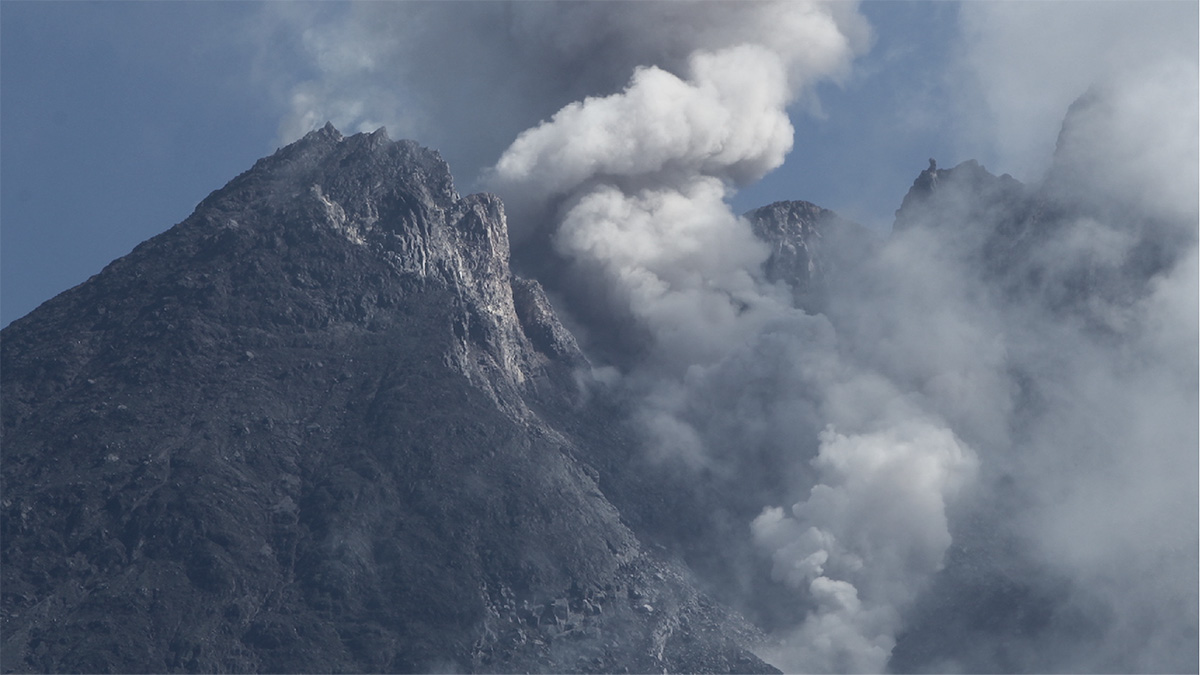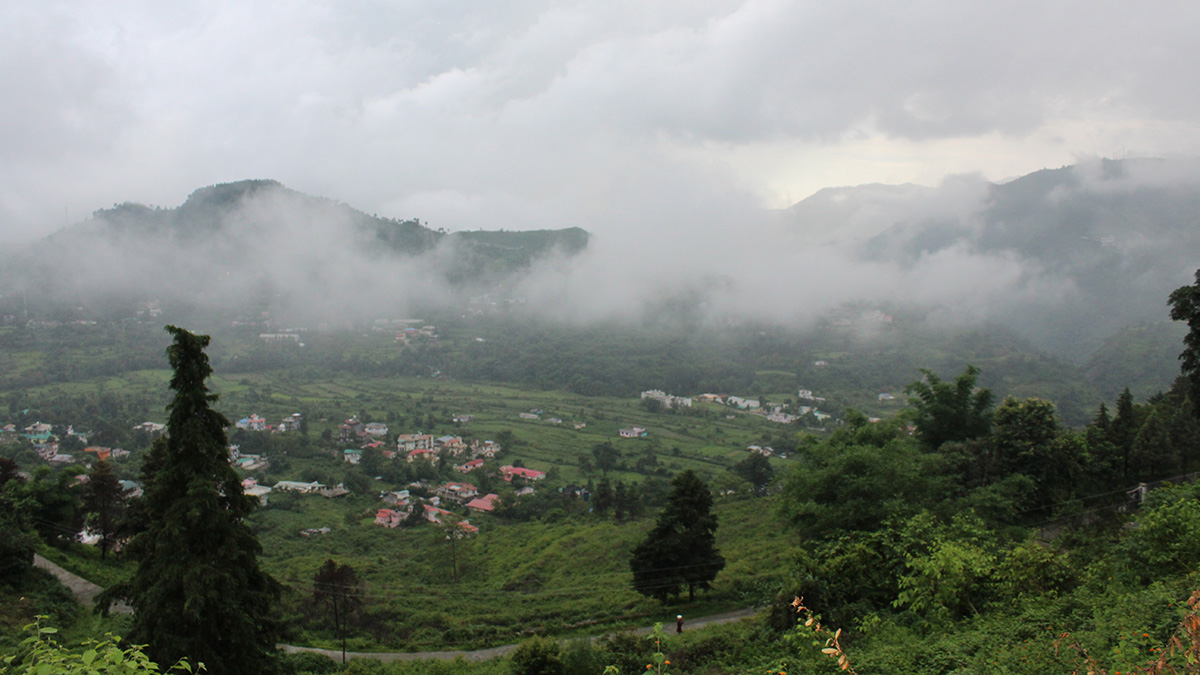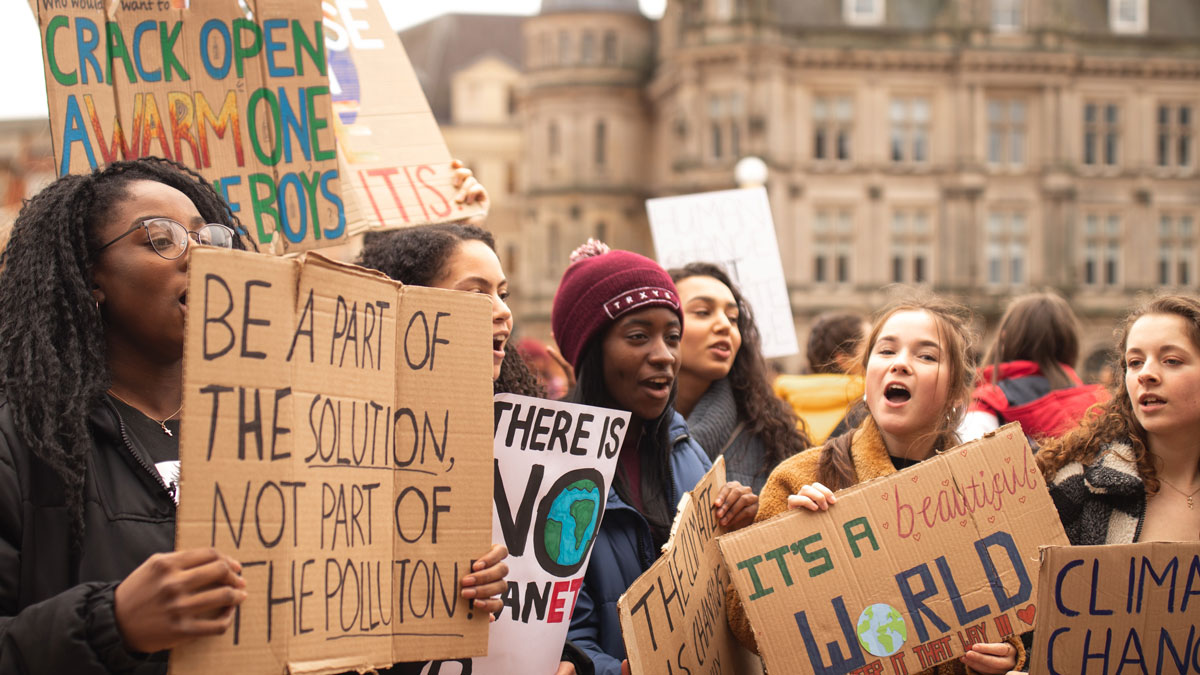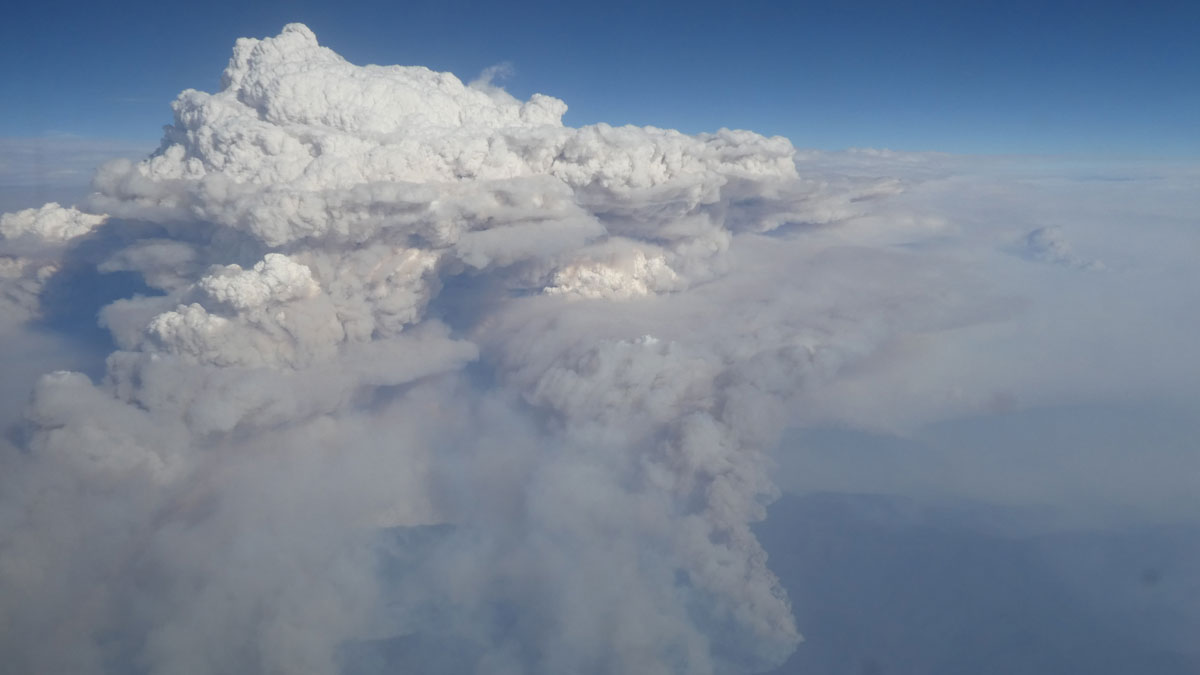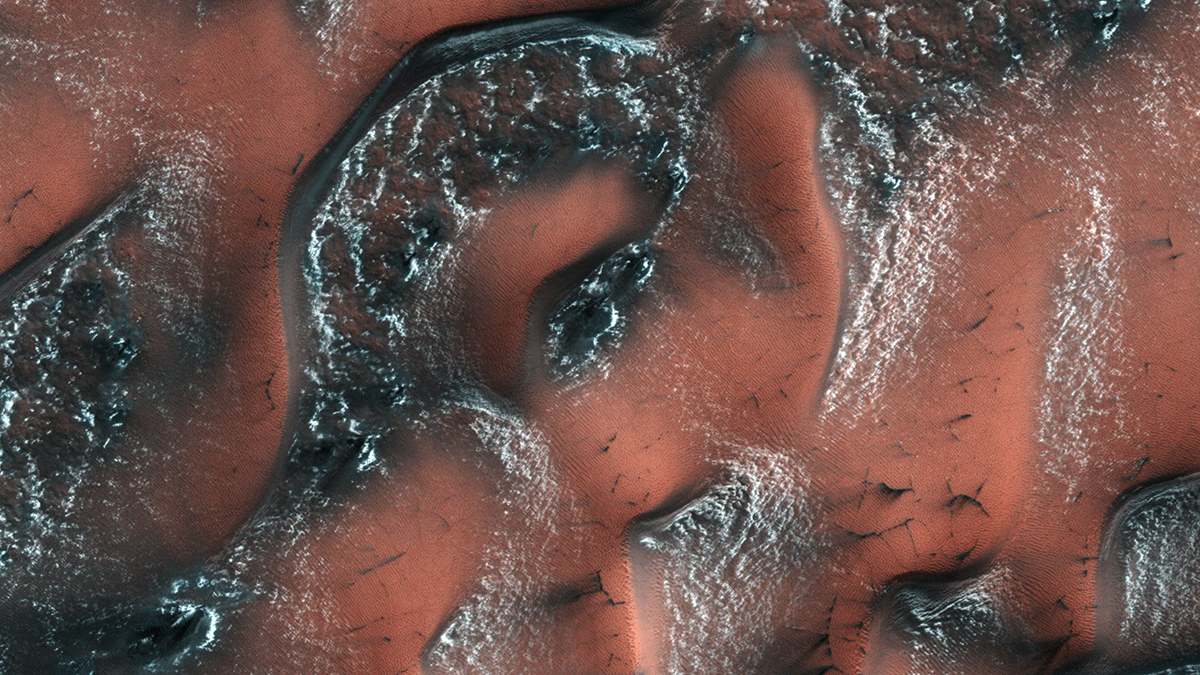Understanding buried, hidden zones of structural weaknesses within Indonesia’s Merapi volcano can help to substantially advance our ability to predict catastrophic dome failures.
News
Unhealthy Air Could Become Routine in the Pacific Northwest
If the world stays on fossil fuels, fine particle pollution from wildfire smoke could more than double in the late summer to early fall in the U.S. Pacific Northwest by 2100.
Robotic Vehicles Explore World War II Era Ocean Battlefields
Project Recover used autonomous underwater vehicles to identify, access, and image hard-to-reach World War II wreckage sites near the Northern Mariana Islands.
Higher Sea Surface Temperatures Could Lead to a Weaker Monsoon
Most climate models predict that the South Asian monsoon will strengthen with climate change, but new research indicates warmer ocean temperatures may lead to a drier phenomenon.
Scientists Fight to Keep Lidar on the Space Station
Remote sensing experts may lose a key tool in the fight against climate change.
Satellites Reveal Slow Shift of the Entire Boreal Biome
According to a new study, warmer temperatures and high soil nitrogen levels are causing Earth’s largest land biome to advance northward.
Greenhouse Gases Must Begin to Fall by 2025, Says U.N. Climate Report
Emissions rates are still growing every year, though that growth has slowed. The world needs to reach negative growth soon to prevent a potential 3.2°C rise by the end of the century.
Australian Wildfires Linked to Ozone Layer Depletion
New research shows that the Black Summer bushfires damaged the ozone layer, eliminating a decade’s worth of progress.
Magma Lingers at Different Depths on the Basis of Its Water Content
The discovery, gleaned from observations of volcanoes on four continents, could help constrain models of volcanic eruptions.
Mars’s Dust Cycle Controls Its Polar Vortex and Snowfall
On Earth, the water cycle is a dominant climate force. On Mars, it’s the dust.

